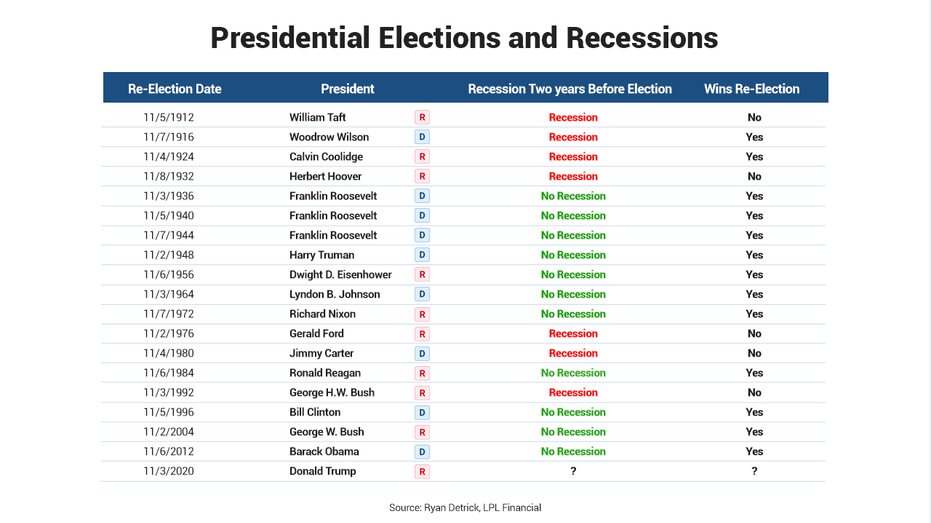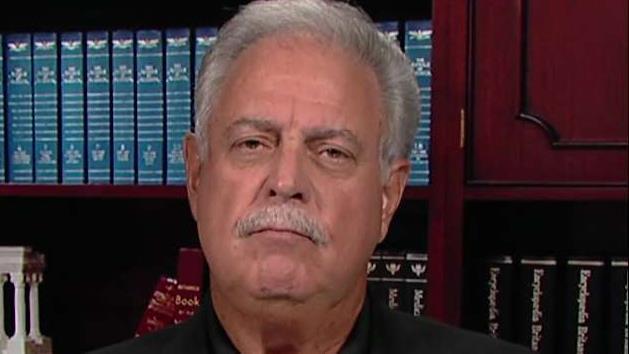Trump's Fed attacks happening for simple reason
President Trump has been lobbing grenades at the Federal Reserve every chance he gets, calling out the central bank for being “too tight” and hurting the economy.
The president has repeatedly blamed the Fed for slowing U.S. economic growth by hiking interest rates too quickly and implementing quantitative tightening, among other things. This as central banks around the world are cutting rates making it harder for the U.S. to compete as global currencies fall.
“The Economy is doing GREAT, with tremendous upside potential!” Trump tweeted Thursday. “If the Fed would do what they should, we are a Rocket upward!”
The president's attacks against the central bank come as candidates are gearing up for the 2020 election. Historically, a healthy economy can pave the way for a White House win.
"The economy, stupid."
Remember the words of Clinton campaign strategist James Carville in 1992, "The economy, stupid."
President Bill Clinton's 1992 election win against George H.W. Bush was the last time a U.S. president lost a reelection bid. It was also the last time an election occurred within 24 months of a U.S. recession.

Ryan Detrick of LPL Financial crunched the numbers and found that since World War I, the sitting U.S. president has been a perfect 11 for 11 if the economy wasn't in a recession within 24 months ahead of an election.
Presidents who oversaw a recession ahead of an election lost five of seven campaigns, he said.
While the U.S. economy is growing, with a revised estimate of second-quarter gross domestic product, rising 2 percent as reported by the Commerce Department on Thursday, that's down from 3.1 percent growth experienced in the first quarter.
Slower growth, combined with yield curve inverting for the first time since 2008, has recession fears reaching a fever pitch. The inversion has occurred ahead of the last seven recessions, spanning more than 50 years.
While some on Wall Street think this time is different when it comes to the outcome of the yield curve's inversion, a team of Bank of America Merrill Lynch economists warned three of its top five economic indicators of the business cycle (auto sales, industrial production and aggregate hours) are “flashing yellow” and are near levels consistent at the start of previous recessions. However, they say arguably the “most reliable early indicator,” initial jobless claims, remains very low. Also, the U.S. unemployment rate is hovering at 3.7 percent, multiyear lows, as of July.
The bank’s official model suggests a 20 percent chance a U.S. recession will occur in the next 12 months, but the economists say the data and events lead them to believe it’s more like a one-in-three chance.




















